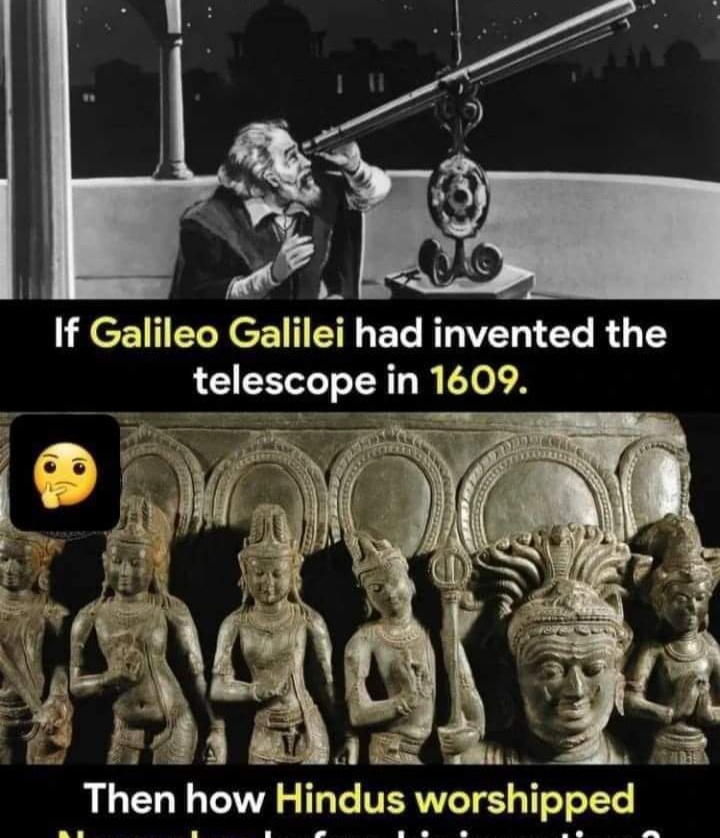Long before Galileo’s invention of the telescope in 1609, ancient Hindus had a profound understanding of celestial bodies, particularly the ‘Navagrahas'(the nine planetary deities). Without the aid of modern instruments, they mapped the movements of planets, stars, and constellations with remarkable precision. Texts like the “Surya Siddhanta” and “Rig Veda” reveal a sophisticated grasp of astronomy, mathematics, and cosmology. The term Graha itself means a celestial body that has an effect on Earth, or Pruthibi. Hindus recognized that these cosmic forces influence human life, natural events, and the flow of time. The reverence for the Navagrahas—Sun, Moon, Mars, Mercury, Jupiter, Venus, Saturn, and the shadow planets Rahu and Ketu—stems from deep observations passed down through generations. Hindus didn’t rely on telescopes; instead, they harnessed the power of inner intuition, mathematical calculation, and spiritual wisdom to understand the movements and effects of these Grahas on Earth. This ancient knowledge, dating back thousands of years, shows how intellectually rich and scientifically advanced ancient Indian civilization was, blending spirituality with an empirical understanding of the universe, long before modern science.
nihar
©Nihar Ranjan Acharya


